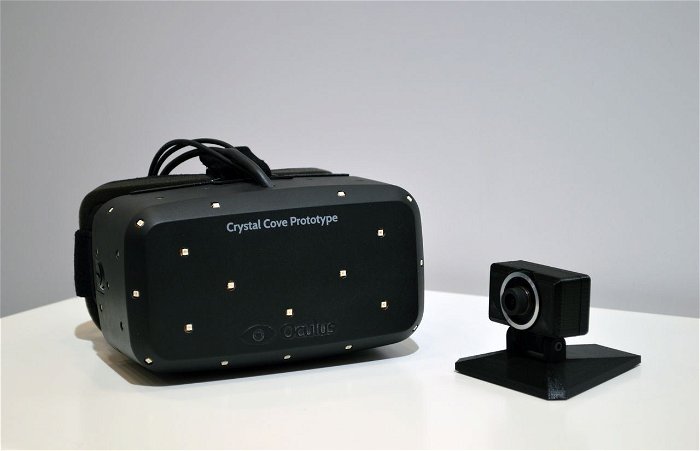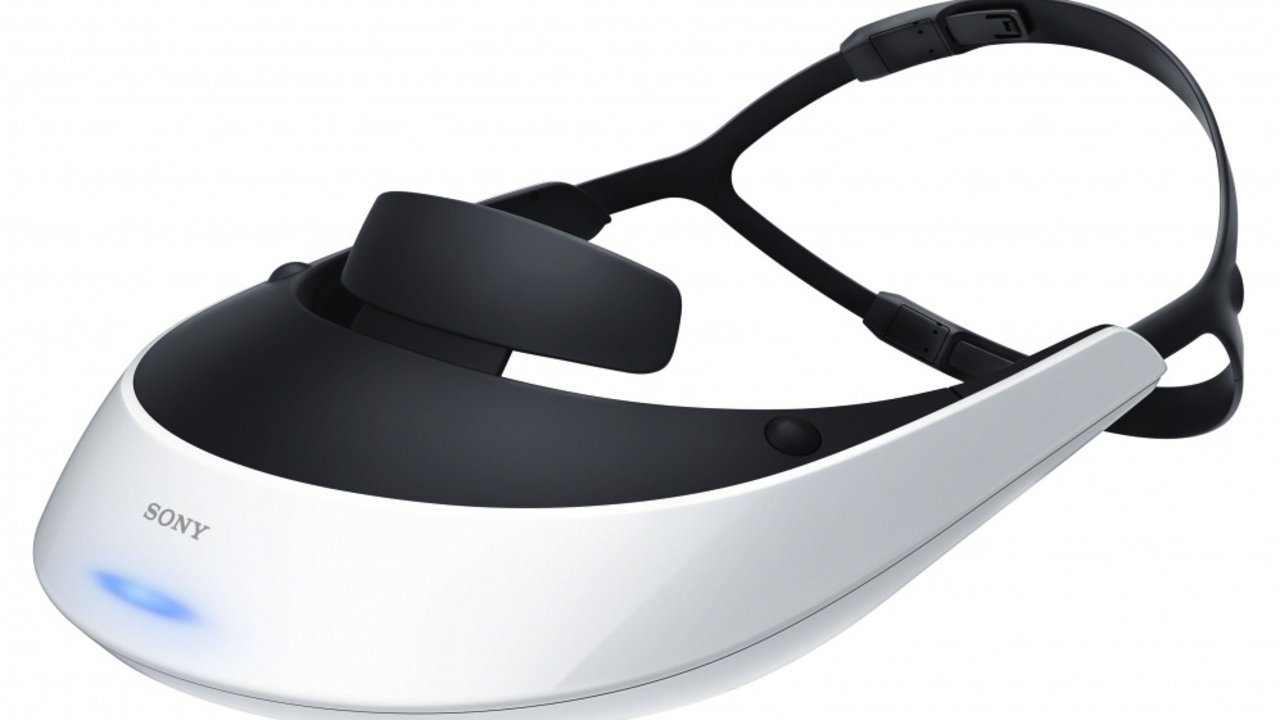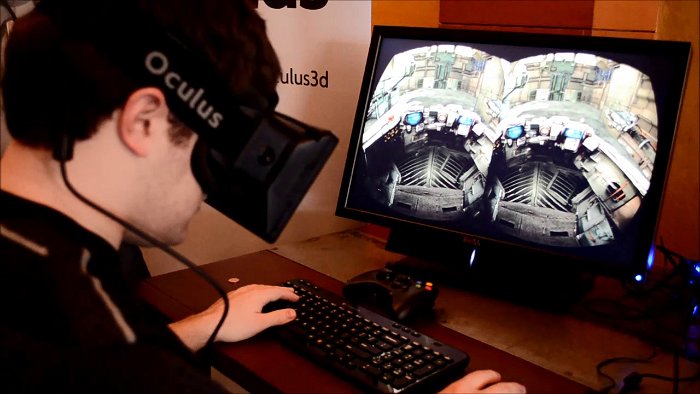CES 2014 came and went last week, and with it was more buzz from Oculus VR, and the latest iteration of their Oculus Rift prototype headset, code-named “Crystal Cove.” The biggest visible change was the addition of an external camera and markers dotting the headset so that the camera could be used for positional tracking. In other words, Oculus Rift just joined both the PS4 and Xbox One by having a camera for motion detection/tracking purposes.
Contrary to popular rumor, while Sony showed off yet another exorbitantly priced head mounted display for watching movies (they claim it’s like watching TV on a 750″ screen), not a single reference was made to a virtual reality add-on for their newest console, the PlayStation 4. While both Sony and Microsoft have been rumored to be experimenting with VR interfaces, neither of them are making any official statements at this time. For now, Oculus Rift is the only game in town if you’re interested in VR gaming.
Which begs the question, should VR gaming be a PC only experience?
In actuality, it already isn’t. One of the reasons John Carmack is working at Oculus VR is try and make VR experiences mobile, allowing the Rift headset to work with smartphones and tablets. But with Oculus trying to take the virtual reality experience beyond the computer and on the go, does that mean the people who want to try it in their living rooms need to either get a home theater PC, or resign themselves to the mobile VR experience?
There are a few arguments both for and against VR on consoles, so it’s far from an easy question to answer.

Perhaps the most compelling argument for the use of VR on consoles is one of cost. It’s a given that virtual reality on a PS4 or Xbox One is NOT going to be as cutting edge as the latest custom built rig, or even a dedicated Steam Machine should Valve decide to release one. However, there’s still enough horsepower in the latest console that reasonable—just not brilliant—VR experiences that take the console’s strengths and weaknesses into consideration could still be viable. This is especially true since both consoles now already have their own cameras, with the Xbox One having a slight edge as every console out of the box has Kinect, which can double as both a positional tracker for the headset and possibly a motion tracker for upper body movement of arms and chest as well. There’s no getting around that there will be an additional expenditure on the actual VR headset itself—Oculus VR is still aiming for $300 while Sony’s most recent display weighed in at US$ 999—but at least consoles already have a fixed standard, and some of the required peripherals as it is.
On the other hand, one of the bigger arguments against having VR on consoles is that VR should probably, by its very nature, be a dedicated experience with its own tech.
The Oculus Rift headset is essentially the fanciest display in consumer history. It’s a TV, and therefore, the quality of the entertainment you get out of it will rest largely on the content produced. VR doesn’t—and shouldn’t—require a machine that can also do word processing, log into your Facebook account, or put together a presentation. These are all traditional 2D computational tasks that are best served by a traditional 2D display and a mouse/keyboard or touch interface.
None of this works in a situation where you’ve got goggles strapped to your face and can’t see anything beyond the virtual world in front of your eyes. If VR is already struggling on PCs where people are making omnidirectional treadmills, just to accommodate movement, how will a VR headset with nothing but a DualShock 4, or Xbox One Controller and a camera watching you be an improvement?
Virtual reality is exciting, and there’s a definite future for games in this area. But whether consoles will play a part in that is far from certain. However, if VR ends up being the next big ticket technology, you can expect that neither Sony nor Microsoft will allow themselves to be left behind.





